What Is Pier Foundation?
Important Point
Drilled pier foundations, the subject matter of this article, belong to the same category as pile foundations. Because piers and piles serve the same purpose, no sharp deviations can be made between the two.
The distinctions are based on the method of installation. A pile is installed by driving, a pier by excavating.
Thus, a foundation unit installed in a drill-hole, sometimes known as drilled concrete piers or drilled shaft foundation, may also be called a bored cast-in-situ concrete pile.
Here, a distinction is made between a small diameter pile and a large diameter pile. A pile, cast-in-situ, with a diameter less than 0.75 m (or 2.5 ft) is sometimes called a small diameter pile.
A pile greater than this size is called a large diameter bored-cast-in-situ pile.
The latter definition is used in most non-American countries whereas in the USA, such large-diameter bored piles are called drilled piers, drilled shafts, and sometimes drilled caissons.
Types of Drilled Piers
Drilled piers, which are central to pier foundation design, may be described under four types. A pier foundation diagram would typically showcase these types.
All four types are similar in construction technique but differ in their design assumptions and in the mechanism of load transfer to the surrounding earth mass.
- Straight-Shaft End-Bearing Pier.
- Straight-Shaft Side wall Shear Pier.
- Straight-Shaft Pier With Both Sidewall Shera and End Bearing.
- Underreamed or Belled Pier.
Also, read: What Is Superstructures | Difference Between Load-Bearing and Framed Structures
1. Straight-Shaft End-Bearing Pier
Straight-shaft end-bearing piers develop their support from end-bearing on strong soil, “hardpan” or rock.
The overlying soil is assumed to contribute nothing to the support of the load imposed on the pier.
2. Straight-shaft side wall Shear Pier
Straight-shaft sidewall friction piers pass through overburdened soils that are assumed to carry none of the load and penetrate far enough into an assigned bearing stratum to develop design load capacity by side-wall friction between the pier and bearing stratum.
3. Straight-Shaft Pier With Both Sidewall Shera and End Bearing
A combination of straight shaft side-wall friction and end bearing piers are of the same construction as the two mentioned above, but with both side-wall friction and end bearing assigned a role in carrying the design load.
When carried into rock, this pier may be referred to as a socketed pier or a “drilled pier with rock socket“.
4. Underreamed or Belled Pier
Belled or under reamed piers are piers with a bottom bell or underream figure. A greater percentage of the imposed load on the pier top is assumed to be carried by the base.
Also, read: Classification of Stone Work | What Is Stone Masonry
Useful Article for You
- What Is Composite Wood
- What Is the Difference Between a Shower Pan and a Shower Base?
- What Is Raft
- What Is a Window Panel
- What Is Rebar Made Of
- What Is Crane
- What Is a Frame Structure
- What Is the Measurement for a Queen Size Bed
- What Is Considered Livable Space
- What Is One Way You Can Save Electricity?
- What Is Mdf Mean
- Manual Excavation Cost Per M3
- Step Footing Foundation Details
- What Is a Bundle of Shingles
- What Is a Gallon of Water Weigh
- What Is Window Sash
- Cantilever Bridge Pros and Cons
- What Is a Sieve Analysis
- What Is the Little Black Diamond on a Tape Measure
- What Is the Difference Between a Bolt and a Screw?
- What Is Overhang
- What Is Sand Blasting
- What Is a Walk in Basement
- What Is Quarrying
- Pier Pile Cap
- What Is a Concrete Slump Test
- What Is a Weir
- What Is Road Made Of
- What Is a Cantilever?
- What Is a Contour
- What Is a Rolled Curb
- What Is an Abutment Bridge
- Pile Foundation Cost Calculator
- Difference Between Timber and Wood
Advantages and Disadvantages of Drilled Pier Foundations
Advantages of drilled pier foundation design and construction:
- Pier of any length and size can be constructed at the site
- Construction equipment is normally mobile and construction can proceed rapidly
- Inspection of drilled holes is possible because of the larger diameter of the shafts
- Very large loads can be carried by a single drilled pier foundation thus eliminating the necessity of a pile cap
- The drilled pier is applicable to a wide variety of soil conditions
- Changes can be made in the design criteria during the progress of a job
- Ground vibration that is normally associated with driven piles is absent in drilled pier construction
- Bearing capacity can be increased by underreaming the bottom (in non-caving materials)
Disadvantages Drilled Pier Foundations:
- Installation of drilled piers needs careful supervision and quality control of all the materials used in the construction
- The method is cumbersome. It needs sufficient storage space for all the materials used in the construction
- The advantage of increased bearing capacity due to compaction in granular soil that could be obtained in driven piles is not there in drilled pier construction
- Construction of drilled piers at places where there is a heavy current of ground water flow due to artesian pressure is very difficult
Construction of Drilled Piers:
In the earlier methods like the Chicago method and Gow’s method, the drilling piers for house foundation used to be done manually. The shaft excavations are presently done mechanically using augers.
When the excavation reaches the load-bearing stratum, the augers are replaced by underreaming tools to construct the bell, if required.
The casing is used to prevent caving in of soil as the bore-hole is advanced deeper into the soil. Sometimes drilling mud/bentonite slurry can be used in drilling through sandy and gravely soils instead of the casing.
The bottom of the hole must be inspected physically by descending to the bottom to make sure that the load-bearing stratum has been reached and also that the under reaming is properly done.
The construction details are very elaborate and these are carried out only by specialized construction agencies (Tomlinson, 1977, 2001).
Also, read: What Is Water Cement Ratio | Water-Cement Ratio and Concrete Strength | Role of Water in Concrete
Useful Article for You
- Cut Washer Vs Flat Washer
- Soil Stacks
- How Much Does a Yd of Concrete Weigh
- Silt Vs Clay
- Gray Green House
- Identify the Zero-Force Members in the Truss
- Bridge Pier
- Monolithic Concrete
- Wall Panel Bathroom Ideas
- Construction Companies in America
- How Bridges Are Made
- Density of Concrete G Cm3
- Concrete Wall Treatment
- Standard Us Brick Size
- Drywall Ceiling Repair Cost
- Micropile
- Suspension Bridge Strengths
- Types of Plumbing Fixtures
- Red Brick Black Shutters
- Weight of Concrete Slab
- How to Build a Fence with Metal Posts
- How to Get Blood Out of Wool Carpet
- Isometric View
- Front Doors on Brick Houses
- Screed
- Pier and Beam Foundation
- Weep Holes
- Average Door Height
- Wall Putty
- Flight of Stairs
- Cost to Pump Septic Tank
- What Colors Keep You Awake
- How to Build a Lean-to Off a Garage
- Best Building Stone
- Bitumen Road
Other Design Details of Pier Foundation:
The following are the steps involved in the pier foundation design example and the design of drilled piers or drilled caissons:
- The loads coming on top of the foundation are calculated. The weight of the pier is not usually included.
- Establish the water level and soil profile at the location of the pier.
- Identify the bearing stratum, that is, depth up to which the pier has to be constructed. Calculate the allowable bearing capacity.
- Check for the safety of stresses in weak soil layers if present below the pier.
- Check for settlements.
- Design the shaft, bell (if required), and the cap.
- Check lateral load capacity, bending stresses, and eccentricity.
- Check for the uplift force.
Most of the above steps are similar to those used in the pile foundations since drilled piers are essentially large-diameter piles. However, a few additional approaches used in practice are given below.
Pier Foundation:
A pier foundation is a collection of large diameter cylindrical columns to support the superstructure and transfer large super-imposed loads to the firm strata below. It stood several feet above the ground. It is also known as “post foundation”.
Is a Pier Foundation Good?
Because they are elevated, homes built on pier and beam foundations are less prone to flooding than those built on slab foundations. Pier and beam construction also provides easier access to plumbing and electrical lines which are located in the crawlspace beneath the home.
Pier Footing:
A pier foundation is a collection of large diameter cylindrical columns to support the superstructure and transfer large super-imposed loads to the firm strata below. It stood several feet above the ground.
Is Pier a Deep Foundation?
A pier for foundation is generally considered the type of deep foundation which is constructed by placing concrete in a deep excavation large enough to permit manual inspection.
Are Piers Considered a Permanent Foundation?
Post and pier homes, manufactured homes, modular homes, and mobile homes are just a few homes supported by piers. Furthermore, piers can be made from stacking concrete blocks. So, often you will find piers considered a permanent foundation.
Masonry Pier:
Piers are essentially columns that might have wall segments-like appearance. It is quite common for some masonry walls in a building to have openings; the wall segments between the openings are commonly referred to as piers.
Can I Build a House on Piers?
Many old houses and small buildings use pier foundations. A pier foundation is an excellent way to reduce the overall cost of your home. If you don’t require the basement or crawlspace provided by a continuous foundation, a pier foundation can solidly support your house while drastically reducing your materials cost.
What Does It Mean to Pier a Foundation?
Piering is the technique of driving steel pipe pilings to remedy failing building foundations and to correct foundation settlement. Push piers consist of sections of galvanized or epoxy-coated steel pipe that are driven into the soil with a hydraulic ram.
Pier Foundation Construction:
Most of these homes have a pier foundation types or pier-and-beam, foundation a construction style similar to a wood deck. … Basically, it is a series of vertical pillars or piles that transfer the building load to the soil. Beams are then built on top of these columns.
Caisson vs Pile:
Caissons are watertight structures made up of wood, steel or reinforced concrete built above the ground level and then sunken into the ground. Caisson is putting a box into underwater and pouring it with concrete. Pile is a column of material driven by a piledriver.
What Is a Pier Foundation?
Most of these homes have a pier, or pier-and-beam, foundation—a construction style similar to a wood deck. Basically, it is a series of vertical pillars or piles that transfer the building load to the soil. Beams are then built on top of these columns.
Pier Vs Pile:
Very similar to piles, piers are also deep foundation elements which are used to provide structural support. Piers, however, will invariably include the use of concrete/masonry and have a larger minimum-diameter than that of piles. There is no specific diameter at which a pile would become a pier.
Types of Piers:
- Solid Masonry piers.
- Solid RCC Piers.
- Cylindrical piers.
- Column piers or column bent.
- Trestle piers or Trestle bent.
- Pile piers or Pile bents.
- Typical Framed Piers.
- Hammerhead piers.
Drilled Piers
Drilled piers, also known as bored piles or drilled shafts, are deep foundation elements used in construction to support structures or transfer loads to deeper, more stable layers of soil or rock. They are typically used when shallow foundations, such as spread footings, are not sufficient to bear the required loads or when the soil conditions at the site are not favorable for shallow foundations.
Drilled Pier Foundation
A drilled pier is a deep foundation system that uses a large diameter concrete cylinder constructed by placing fresh concrete and reinforcing steel into a drilled shaft. It is also called as a caisson, drilled shaft, Cast-in-drilled-hole piles (CIDH piles) or Cast-in-Situ piles.
Foundation Piers
A pier foundation is a series of vertical pillars or piles that transfer the building load to the soil. Beams are then built on top of these columns. They lift the house off the ground and are very popular in coastal regions where rising tides are a problem.
Piers in Construction
pier, in building construction, vertical loadbearing member, such as an intermediate support for adjacent ends of two bridge spans. In foundations for large buildings, piers are usually cylindrical concrete shafts, cast in prepared holes, but in bridges they take the form of caissons, which are sunk into position.
Pier Foundation Is Also Called
A caisson foundation also called as pier foundation is a watertight retaining structure used as a bridge pier, in the construction of a concrete dam, or for the repair of ships.
Pier Shaft
In general, it is an upright support for a structure or superstructure, but it can also refer to the sections of load-bearing structural walls between openings and different types of column. Piers are most commonly made of concrete, masonry or treated timber, and installed into prepared holes or shafts.
Piers for Foundation
Piers for foundation, also known as foundation piers or foundation underpinning, are structural elements used to strengthen or stabilize existing foundations that may be experiencing settlement, shifting, or other issues. They are employed when the existing foundation is unable to adequately support the structure, leading to problems such as cracks, uneven settling, or structural damage.
Drilled Piers Foundation
Drilled piers, also known as bored piles or drilled shafts, can be used as a deep foundation system to support structures. When utilized as a foundation solution, drilled piers provide load-bearing capacity and stability by transferring structural loads to deeper, more competent soil or rock layers.
Shaft Foundation
They are constructed by excavating cylindrical shafts into the ground, placing a reinforcing cage (when necessary) and are subsequently filled with concrete or other pre-fabricated load-bearing units.
Pier Construction
Pier construction refers to the process of building a pier, which is a raised structure typically supported by pillars or columns extending into water or a body of soil. Piers serve various purposes, such as providing a platform for docking vessels, supporting bridges or causeways, or creating recreational spaces along waterfronts.
Types of Foundation Piers
- Helical Pier.
- Steel Push Pier.
- Straight-Shaft End-Bearing Piers.
- Belled Or Under Reamed Piers.
Belled Piers
A Bell Bottom Pier is a vertical support structure designed to support monolithic poured foundations. It is built by pouring 4000/psi concrete into a sono-tube form placed in an excavated hole and then placing steel #5 rebar cage. Its name is derived from the bottom of the pier, which resembles a bell.
Drilling Piers
Drilling piers, also known as drilled shafts or bored piles, involves the process of excavating holes or shafts in the ground using specialized equipment to create deep foundation elements. Drilled piers are commonly used to support structures or transfer loads to more stable soil or rock layers.
Like this post? Share it with your friends!
Suggested Read –
- What Is Stone Masonry | Types of Stone Masonry
- What Is Well Foundation | Component of Well Foundation
- Must-Have Knowledge for Civil Engineers | Civil Basic Knowledge
- 8 Difference Between One Way Slab and Two Way Slab | What is Slab
- What Is Measurement Book | How to Write Measurement Book | Recording Measurement Book
Originally posted 2023-08-25 16:20:38.
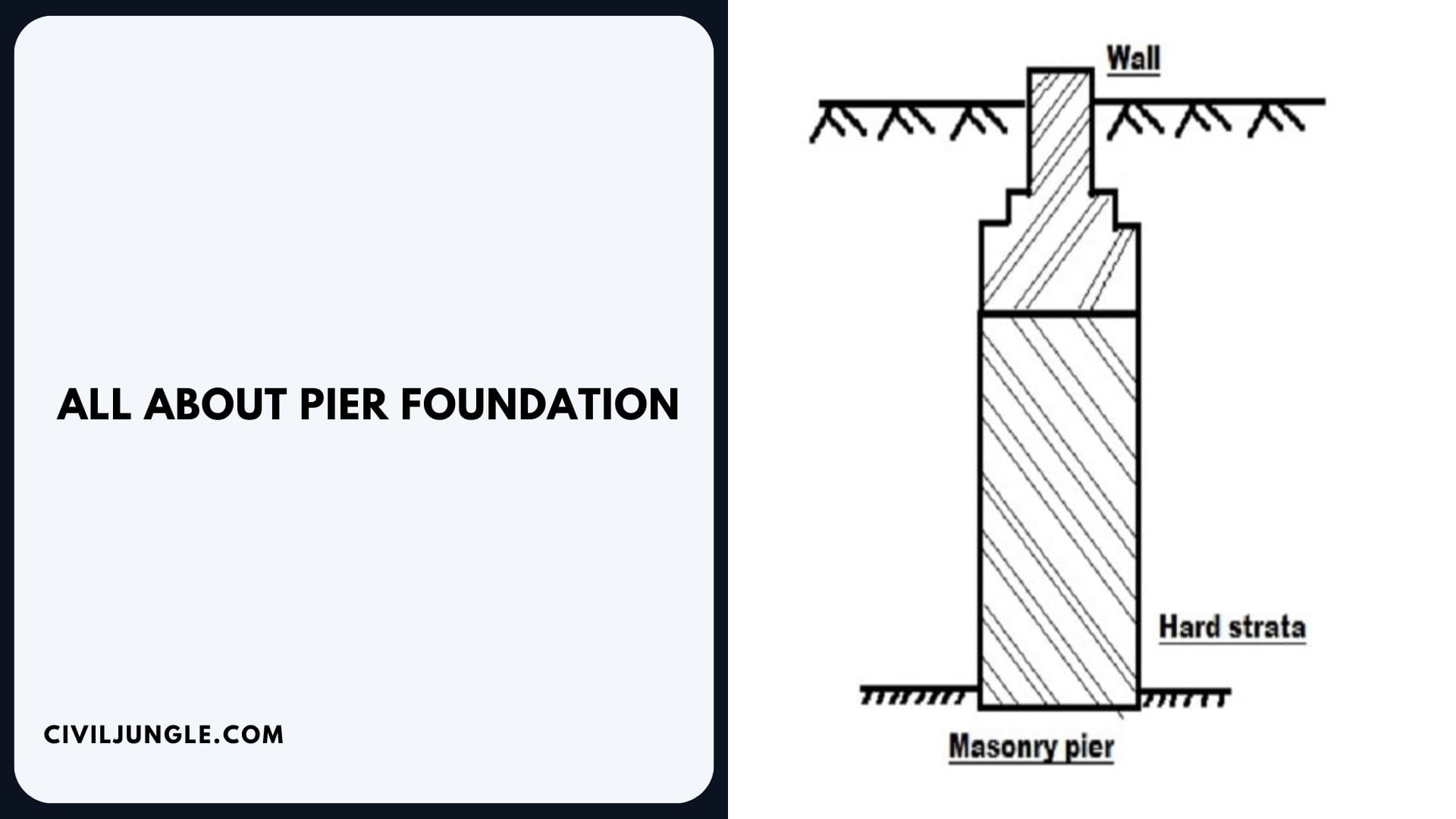

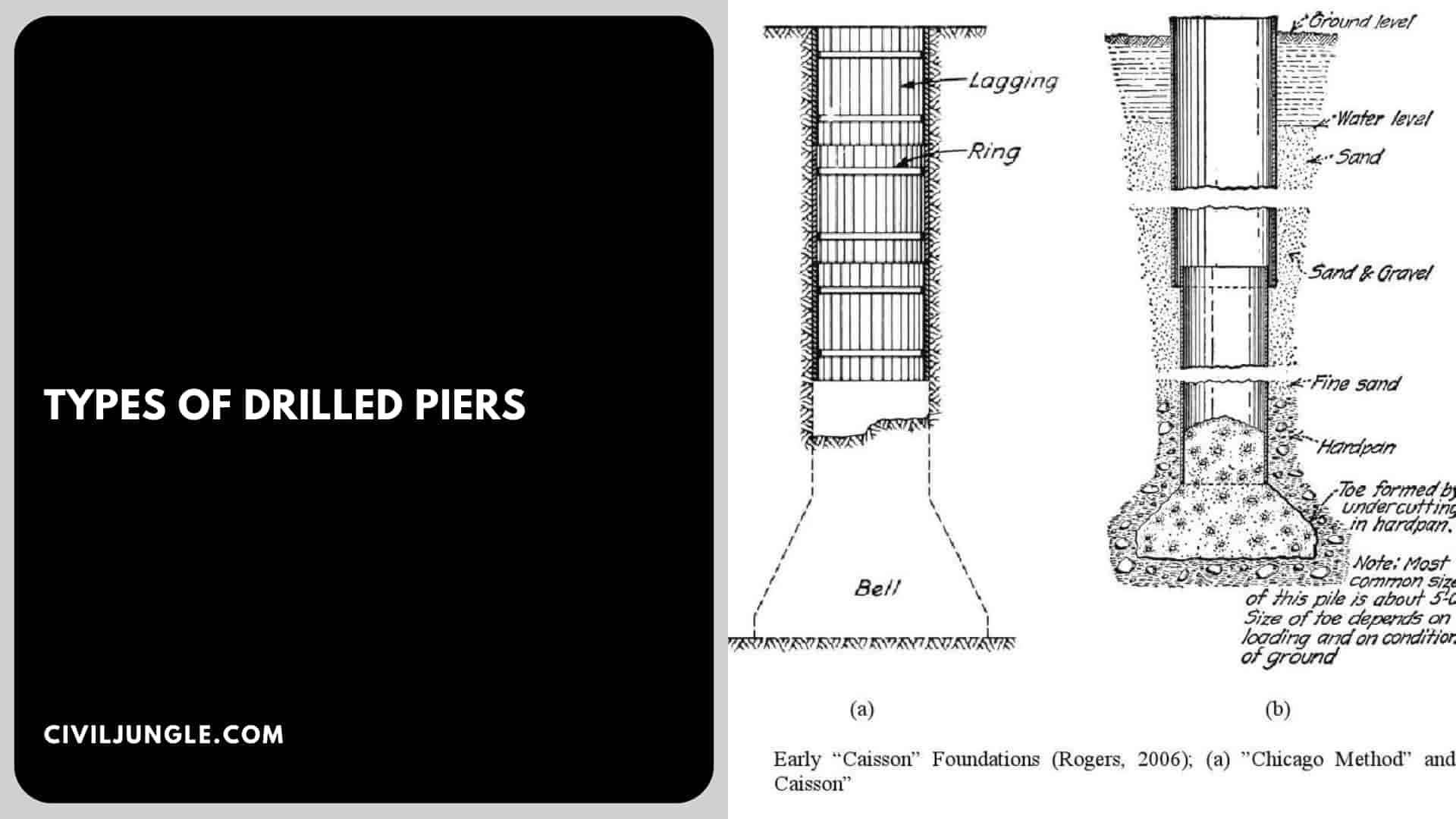
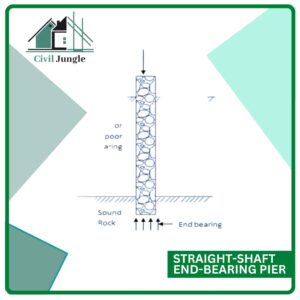
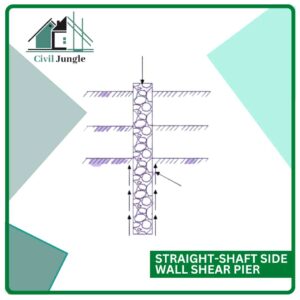
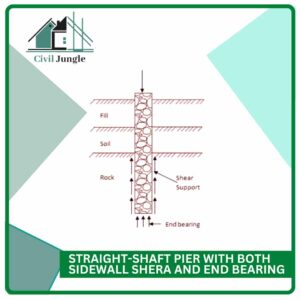
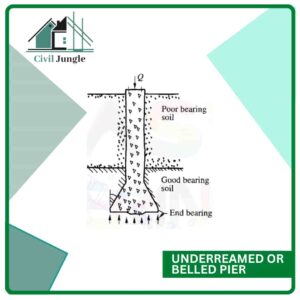
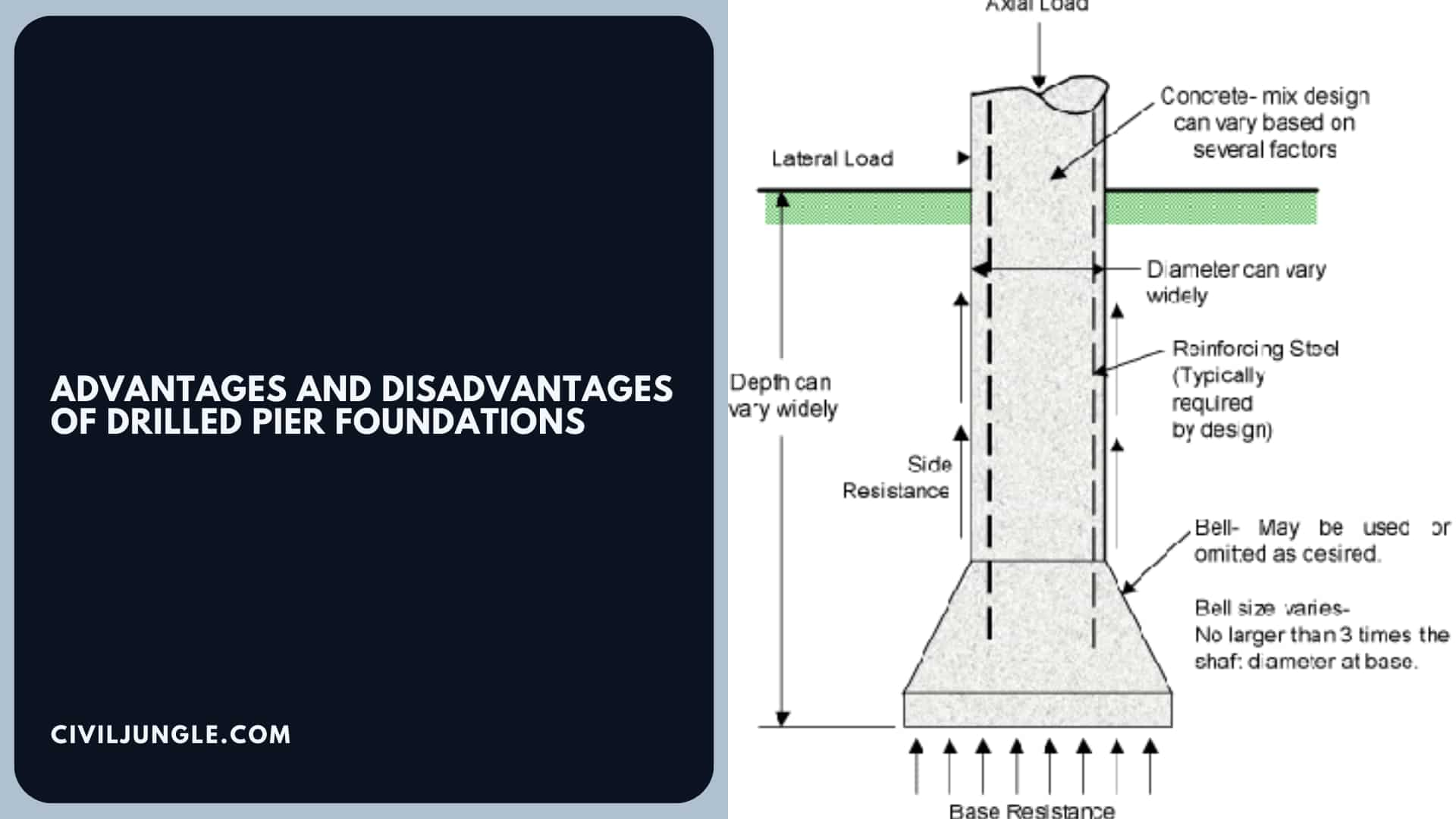
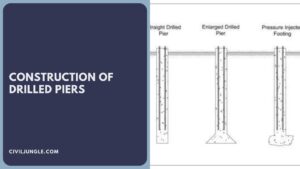
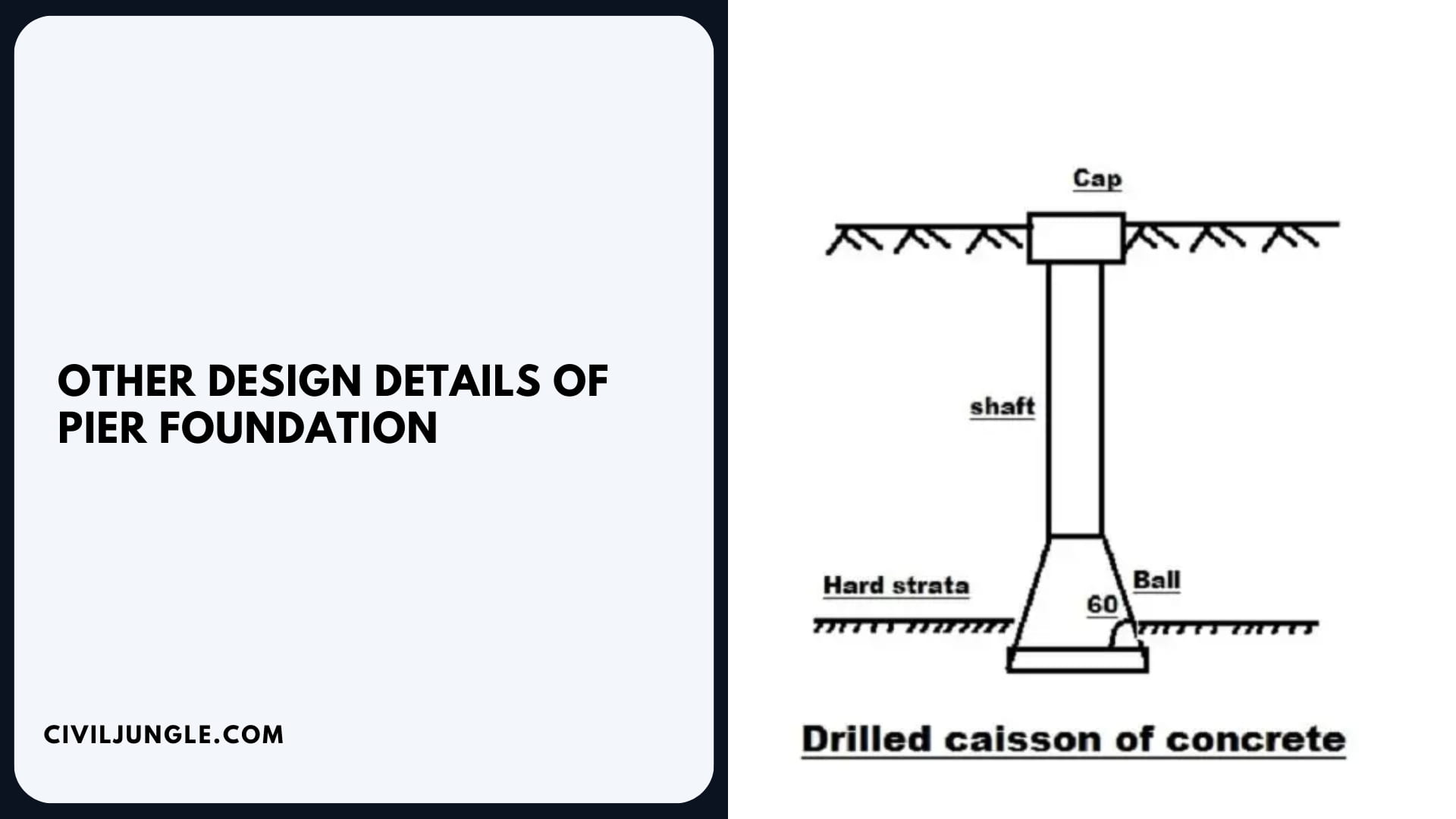

Leave a Reply